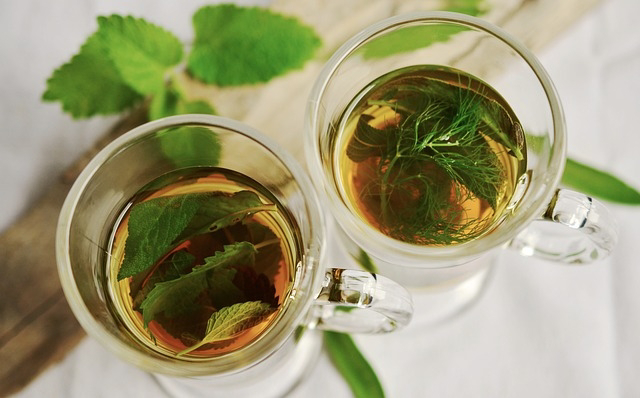It can be a fun and rewarding way to enjoy this tasty and nutritious fruit right at home. Mulberries are small to medium-sized trees that can thrive in containers, making them a great option for those who have limited space or live in urban areas. By following a few simple steps, you can successfully grow mulberries in a container and enjoy a bountiful harvest of these delicious berries.
Choose the Right Container:
Select a large container that is at least 24 inches in diameter and has drainage holes at the bottom to allow excess water to escape. Mulberries have a deep root system, so choose a container that is deep enough to accommodate their roots.
Use Well-Draining Soil:
Mulberries prefer well-draining soil that is rich in organic matter. A mix of potting soil, compost, and perlite or sand can provide the ideal growing medium for your mulberry tree.
Select the Right Variety:
There are different varieties of mulberries, including dwarf and bush varieties that are well-suited for container growing. Make sure to choose a variety that is best suited for your growing conditions and space limitations.
Provide Adequate Sunlight:
Mulberries thrive in full sun, so place your container in a location that receives at least 6-8 hours of sunlight per day. If growing indoors, place your mulberry tree near a south-facing window where it can receive ample sunlight.
Water and Fertilize Regularly:
Keep the soil consistently moist but not waterlogged. Water your mulberry tree regularly, especially during hot and dry periods. Fertilize your mulberry tree with a balanced fertilizer every 4-6 weeks during the growing season to promote healthy growth and fruit production.
Prune and Train Your Tree:
Mulberries can be pruned to maintain a compact size and shape in a container. Regular pruning can also help improve air circulation and fruit production. Train your mulberry tree to a central leader or an open-center shape to encourage healthy growth and fruiting.
Harvest Your Mulberries:
Mulberries are ready for harvest when they are fully ripe and in color. Gently pluck the berries from the tree when they are ready, being careful not to damage the fruit or the tree.
By following these steps, you can successfully grow mulberries in a container and enjoy a bountiful harvest of these delicious and nutritious berries. With a little care and attention, you can enjoy the fresh taste of mulberries right at home, whether you have a large garden or a small balcony. lberries are small, sweet, and juicy fruits that are as delicious as they are nutritious. These berries have been prized for their health benefits for centuries and are often used in traditional Chinese medicine. One of the key components that make mulberries so beneficial is their high content of resveratrol, a natural compound with powerful antioxidant properties.
Resveratrol is a polyphenol compound found in certain plants, including grapes, blueberries, and, of course, mulberries. Research has shown that resveratrol has numerous health benefits, including potentially reducing the risk of heart disease and cancer, protecting against aging-related diseases, and improving overall health and well-being. In mulberries, the presence of resveratrol further enhances their already impressive nutritional profile.
In Chinese medicine, mulberries have been used for centuries to treat a variety of health issues, including high blood pressure, diabetes, and inflammation. The berries are believed to have cooling properties, making them a popular remedy for ailments related to heat and excess energy in the body. Mulberries are also said to support liver and kidney health and aid in digestion.
Research and studies on mulberries are ongoing, with many conducted in countries like China and Japan where these berries have a long history of use. These studies have shown promising results in terms of the health benefits of mulberries, particularly in relation to their antioxidant and anti-inflammatory properties. Some research suggests that mulberries may help reduce inflammation, lower cholesterol levels, and regulate blood sugar levels, making them a valuable addition to a healthy diet.
In conclusion, mulberries are a delicious and nutritious fruit with a wide range of health benefits. From their high content of resveratrol to their long history of use in traditional Chinese medicine, mulberries have proven themselves to be a valuable addition to a healthy lifestyle. Whether eaten fresh, dried, or in other forms like jams and juices, mulberries are a versatile fruit that can support loverall health and well-being.
"Click on Link To View Video."
Resveratrol Benefits




.jpeg)


